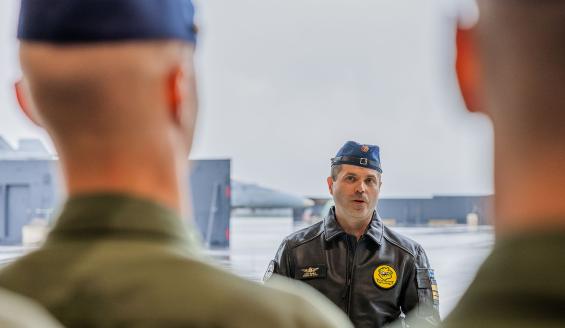Preparation for F-35 initial training advancing
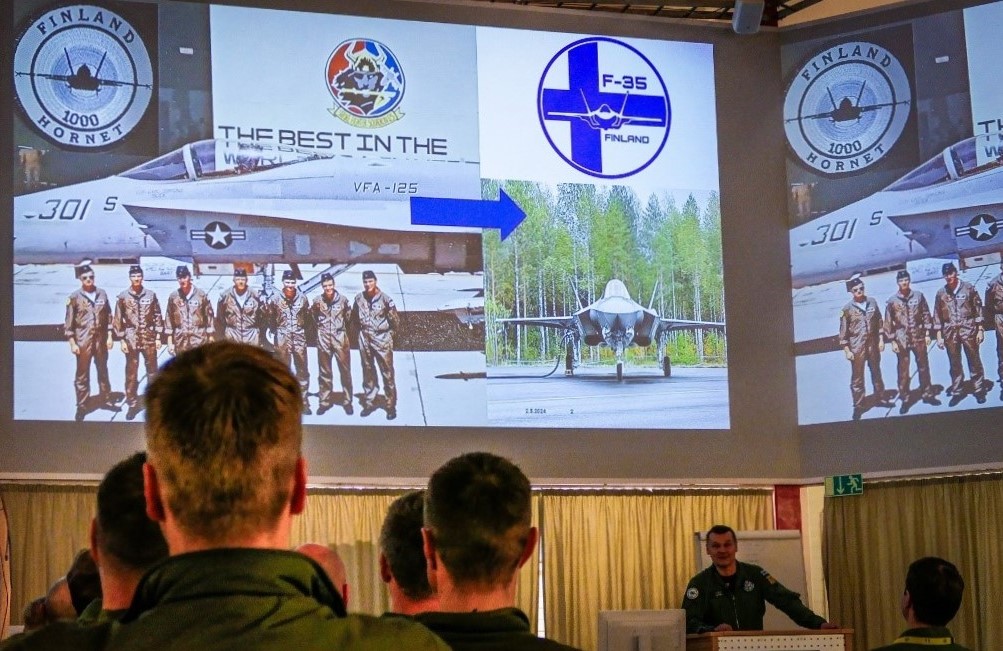
In the spring, the Air Force organized a kick-off event for fighter pilots and aircraft maintenance personnel embarking on an initial training course on the F-35 in the United States. At the event, they were briefed about the coming training period.
At the kick-off, the personnel assigned to leave for the F-35 initial training were briefed about the planned structure of the training and given instructions for getting started with practical matters such as living arrangements. Pilots and aircraft maintenance personnel who had participated in the initial training conducted on the Hornet in the United States in the 1990s were also invited to attend the kick off.
The Air Force will send pilots, aircraft maintenance personnel as well as personnel involved with the data systems of the F-35 system to the training in three detachments. The first detachment will start the F-35 initial training in the United States towards the end of 2025. Theoretical and simulator training will be carried out in Eglin, Florida, and practical training in Ebbing, Arkansas.
In the first detachment bound for the F-35 initial training, Lieutenant Colonel Lasse Louhela will act as the most senior officer of the team of pilots and Lieutenant Colonel Mikko Takalo as the most senior officer of the aircraft maintenance team. Currently, Lieutenant Colonel Louhela is serving as Commander of Fighter Squadron 11 of Lapland Air Wing and Lieutenant Colonel Takalo as Commander of the Air Wing’s Aircraft Maintenance Squadron. Finland’s first F-35 fighters are scheduled to arrive at Lapland Air Wing towards the end of 2026.
Looking forward to the F-35 initial training
Lieutenant Colonel Louhela and Lieutenant Colonel Takalo are honoured and excited about the opportunity to get to take part in the F-35 initial training. For them personally, it has considerable importance and matters a great deal.
– It is a great honour to get a chance to participate in the F-35 training. In a certain way, I’m truly humbled and understand that the task comes with great responsibility, but I am surely also really thrilled. This reserved Finnish soldier tends to keep his feelings to himself, but deep inside, he feels really great. At this point, it is still a bit difficult to believe that being assigned to participate in the training is a reality, even if I have known it for a while now and made preparations, but I think it will truly dawn on me when the time of departure comes, Louhela says.
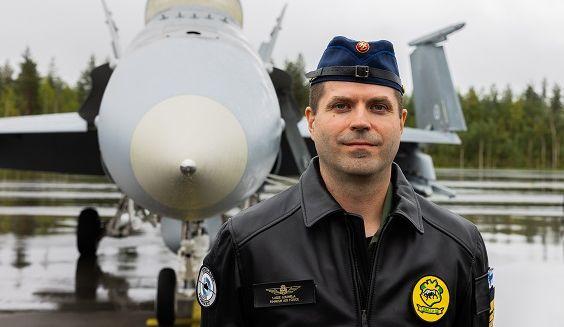
Lieutenant Colonel Takalo is likewise pleased with being assigned to the F-35 initial training.
– To be part of the F-35 training is a really great honour and a huge deal. Just as Lasse, I didn’t have to think twice when asked if I would go. Of course I would! I’m aware of the importance of the training to the Air Force for the next few decades; the initial training will lay the foundation for our future work. This really motivates me to move things forward, Lieutenant Colonel Takalo says.

Louhela expects the F-35 system to be a leap into a more modern world when transitioning from the fourth generation to the fifth generation fighter jet. Louhela expects some of the operating principles of the F-35 to be new, even if a large part of the principles of operating in the air will remain the same.
– The F-35 is the best platform today for the task for which we have been planning to use it, so I can’t wait to see, Louhela says.
For Takalo, the F-35 is a very interesting opportunity for working with a high-technology system.
– Being deployed to the F-35 initial training is an extremely interesting opportunity from the aircraft maintenance training perspective. We will get to work with one of the world’s most modern fighter jets. Some have said that as a system, this is a bigger leap than the transition from the MiG and Draken times to Hornets, but we will see when the time comes, Takalo says.
Responsibility in the United States and Finland
The officers assigned to take part in the F-35 initial training will be bearing a great responsibility on their shoulders, because under their leadership, other Defence Forces salaried personnel and further, conscripts and reservists, will be trained in Finland to work with the F-35 system. What kind of tasks conscripts and reservists can be assigned to when working with the F-35 system and what shape force production will take will be specified as the initial training advances.
– My preparation tasks involve making sure that the planning work gets achieved and that all the practical matters would be settled before the start of the initial training. This would make the teams ready to get their hands on the actual training in the United States. I get to do this preparation work which is highly motivating: provided that we plan the initial training thoroughly, we will also get to enjoy the fruits of our labour, Takalo says.
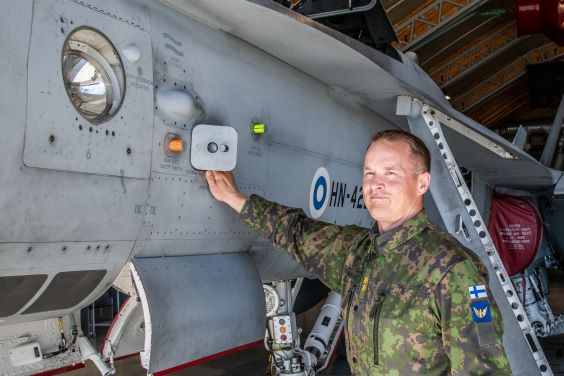
Lieutenant Colonel Louhela and Lieutenant Colonel Takalo will be, as the most senior officers of the teams that will undergo training, responsible not only for their own learning, but also for sharing the F-35 know-how at home.
– We [the detachment’s most senior officers] have to focus on the actual training to learn to master the F-35 system. But at the same, we will also be responsible for leading and supervising the capability being introduced and built in Finland. The training in Finland will be on our shoulders, but the F-35 Programme has accomplished an enormous bulk of work for us to be able to focus on learning in the United States, Louhela emphasizes.
The initial training is likely to provide insight into how the F-35 fighter jet will be used in Finnish Air Force operations.
– For me, the most important thing in the whole training project besides technical training is to understand what preconditions the F-35 aircraft sets us and our operations in Finland. This is bound to affect our future work tasks for sure, in other words, how we will, in Finland, support air operations, operate the aircraft, train personnel and implement force production. An overall understanding of the F-35 system and operating it will only be gained by doing practical work with the aircraft. I am convinced that taking the initial training course in the United States will increase our understanding so that we will be able to take the next step forward, Takalo says.
We still have more than a year to go before the initial training starts, and for the time being, the personnel to be deployed have their current responsibilities and tasks to carry out.
– However, until the initial training begins, we still have our assigned tasks and responsibilities for Hornet operations and national readiness. Those are the most important things for me and I hope for the rest of our personnel to be deployed, too. But bit by bit, we will build capabilities, know-how and understanding, Louhela says.
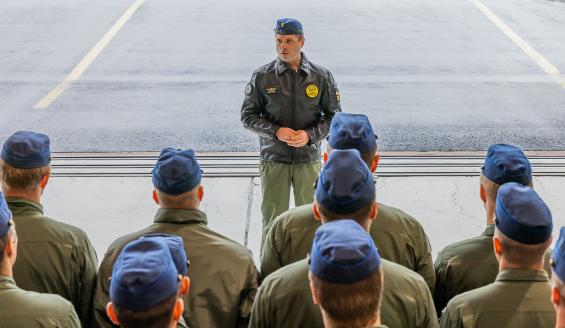
Lessons learned and memories from the 1990s United States
At the F-35 initial training kick-off, Air Force old troupers having participated in the initial training on the Hornet told about the nature of that training and their experiences in the United States, and gave advice to the pilots and aircraft maintenance personnel assigned to the F-35 training. Major (ret) Jaakko Lajunen was pleased to attend the kick off when the invitation came.
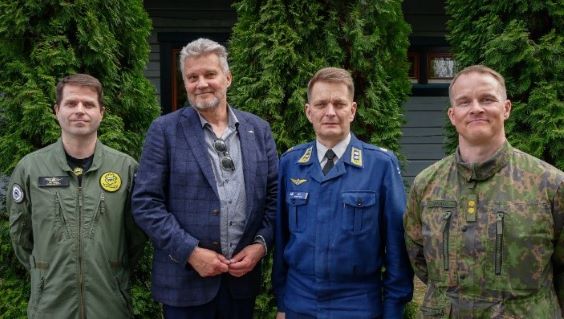
– Absolutely awesome to receive an invitation here to give advice to the future F-35 trainees. I had no doubt in my mind whether to go, if invited. Of course I came, says Major (ret.) Lajunen.
When he was assigned to the initial training on the Hornet, Major (ret.) Lajunen was serving at the then Air Force Test Flight responsible for test flight inspections, avionics and weapon systems. In the course of his career, he served, among other things, as a Hornet software development liaison officer at Naval Air Weapons Station China Lake California. Lajunen retired as Chief of the flight inspection team at the Air Force Test Flight in 2011.
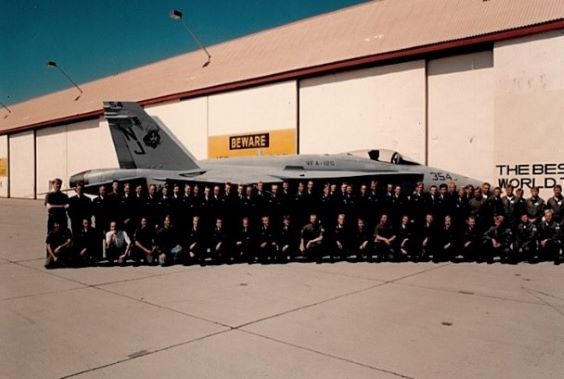
Those who had participated in the Hornet initial training said that in the United States, what stuck to your mind were different types of sceneries, such as wide desert areas, and flying over the Pacific Ocean. Some say American pilots wouldn’t fly over the Pacific without a pistol, because if the fighter jet happened to crash in the ocean, the pilot could come eyeball to eyeball with a shark.
– It was a great experience all right, the moments flying out there. In the United States, the scenery was a bit different. And getting to fly against Top Gun dudes and being second to none is something I will remember for the rest of my life. And the workload was such that I will always remember it when I think about the Hornet times, Major General Jari Mikkonen recalls.
Major General Mikkonen was one of the team of pilots having participated in the initial training on the Hornet. Today, he is serving as Chief of the Defence Forces Logistics Command.
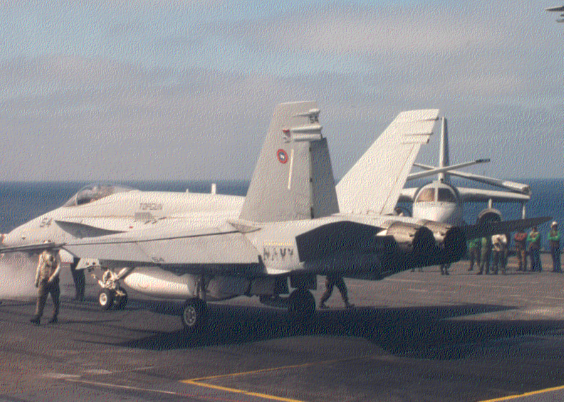
Handing over responsibility
From the 1990s to this day, of course, times have changed in thirty years, but the initial training concept involving the F-35 remains basically the same as in the times of the Hornet: The Air Force sends personnel to the United States to learn how to operate and maintain a modern weapon system acquired for Finland.
– Briefing personnel assigned to the F-35 initial training feels good all right, maybe a bit sad, too. In a way, a changing of guards or moving on to a new era is what we have ahead of us. Thirty years is a long time, but it’s gone in a moment. There is a time for everything, Major General Mikkonen concludes.
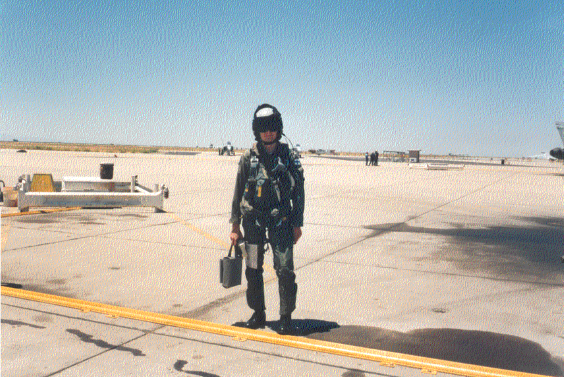
Transferring know-how at home could have been even more challenging in the 1990s than today from a cultural point of view.
– We were living at a time when the Air Force was operating two different fleets, so there could occasionally be strict boundaries all right between the Air Wings. Now the basic situation may be a bit different as [due to operating one fleet] we clearly make up one air force family, a concept we should hold on to, Major General Mikkonen observes.
Those former Hornet trainees discussed their experiences and wished the future F-35 trainees enjoyable studies and a meaningful stay together in the US.
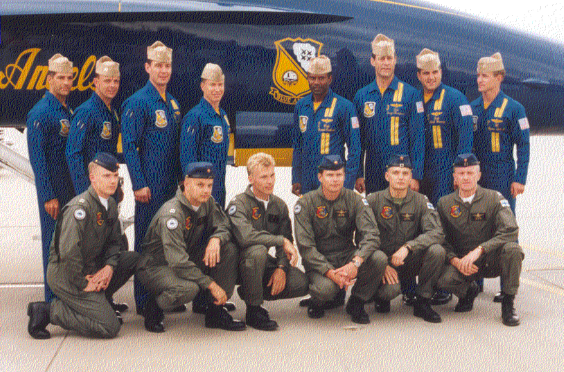
Into the future with enthusiasm and drive
Lieutenant Colonel Louhela and Lieutenant Colonel Takalo found the discussions with the Hornet training participants useful indeed.
– We have discussed what to take into account in the initial training and how to prepare for it. But you must also accept the fact that there are bound to be things that can’t be planned completely beforehand, Takalo says.
Louhela agrees with Takalo saying that the meeting with the Hornet training participants was worthwhile indeed.
– We got some very good briefs from the former Hornet trainees as well as important pointers and observations. I also gained confidence and support for the task of the two of us, including that some of the things are still the same. There are also lots of things that have changed with time, such as Finland’s NATO membership. The NATO membership has brought about new changes, and this in itself changes my approach to the building of the F-35 capability, Louhela says.
The F-35 initial training has started to take shape along with personnel selections and training plans. The common kick-off event for the personnel assigned to the training brought the training one step closer.
– We have moved from the planning phase to the implementation phase. From here on, we start doing things, because, for example, the training plans are ready. At some point, you simply had to make a decision on what kind of course distribution you would depart from. Once the starting date of the first training course is clear, you start to arrange accommodation, make travel arrangements, etc., Takalo says.
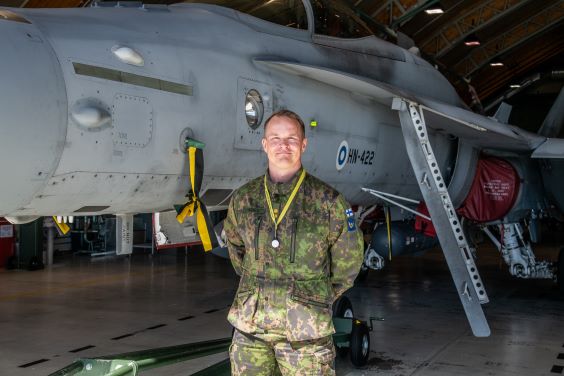
F-35 initial training plans are ready; Air Force officers have their eyes set on practical preparations. Photo: Finnish Air Force / Ida Rossi
The F-35 trainees should get prepared for a sizeable workload, because during the training, you will have to assimilate a hefty amount of new information.
– The training programme will be based on a specific structure and it will include precisely determined requirements. I for mine hope that the workload remains human, but I know we will and we are ready to having to work hard, Louhela says.
For those leaving for the initial training, Louhela also underlines the importance of professional competence, cooperation, attitude and responsibility.
– I hope that every now then, you could also take a moment to enjoy yourself and the opportunity given to you to participate and be together with your mates. Because the cooperation and sense of community are the assets you should cherish on the trip, too. We are building a capability for the Defence Forces and for NATO. We are making history – let’s enjoy it and make it our own, Louhela concludes.
